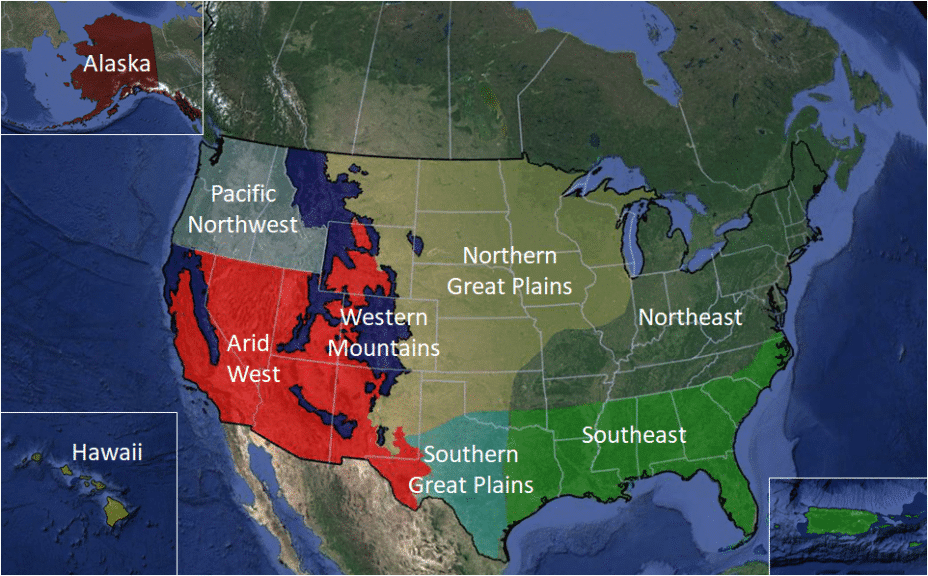Wetland Wednesday
July 8, 2020
The Ohio EPA issued a public notice for a new Draft General Permit for Impacts to Ephemeral Streams and Isolated Wetlands to address the recently finalized Navigable Waters Protection Federal Rule that is effective as of June 22, 2020. The OH comment period ended on June 17, 2020. This new rule is intended to fill the jurisdictional gaps that arise form the new federal rule. The final OH rule went into effect on June 25, 2020.
The Ohio rule is based out of a concern that the new Navigable Waters Protect Rule (NWPR) eliminates certain waters from federal jurisdiction. The new OH rules’ intention is to regulate what would have been otherwise historically federally jurisdictional. Ephemeral streams (those that flow primarily during rainfall events) and isolated wetlands will no longer be subject to federal oversight under the Clean Water Act (CWA). Ohio (and many other states) that have relied on federally delegated permitting authority to protect these resources can no longer issue permits under the authority of the CWA. However, states can use their own state authority to protect these resources.
Rather than adopt new state regulations, Ohio has modified its existing permit program to include special consideration for ephemeral streams and isolated wetlands. These include additional permit conditions for ephemeral streams that fall under these permit programs:
- Construction Storm Water General Permit
- 401 Water Quality Certification
- Isolated Wetland Permit
Ohio also has in place an existing Isolated Wetland Permit program. This program will persist to protect isolated wetlands and has been in use since 2001.
Ephemeral streams generally are above the water table and stormwater is the primary source of stream flow. They help control run-off and erosion. The filter pollutants and they help reduce flooding.
Isolated wetlands tend to be small and may or may not have a groundwater connection. They do serve as unique short-term habitat for a number of rare species (vernal pools for example). They also help as nutrient sinks and they store storm water during wet weather events.
The modified permit program does exclude certain water bodies from its jurisdiction including agricultural ditches, roadside ditches, and grass swale waterways.
There may or may not be mitigation required for impacts to ephemeral streams and isolated wetlands. Currently, the existing guidance for impact thresholds seems to remain the same as it was prior to the federal rule. However, this may change as time goes on.
This new program is a good example of states taking the regulation of aquatic resources into their own hands. This was anticipated in the drafting of the NWPR and will hopefully focus attention on water resources that are important to local communities.

